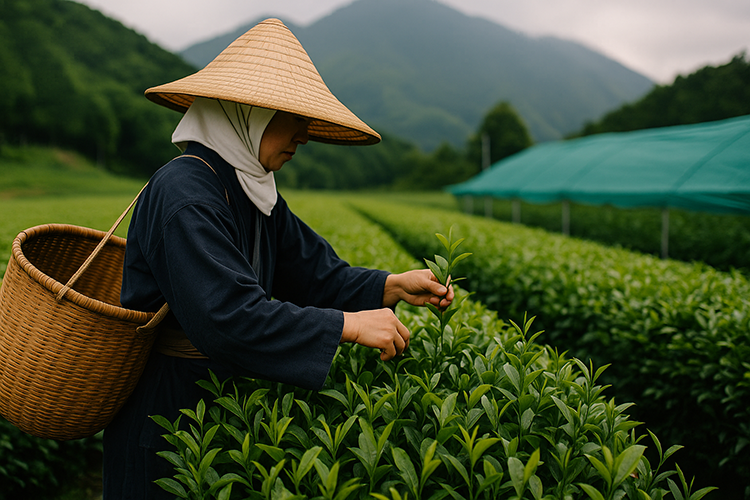2025-10-12
markets

Japan’s signature green tea powder, matcha, has become a worldwide sensation — but the country that perfected it is now struggling to keep up. From the cafés of London and New York to wellness brands across Asia, demand for matcha-infused drinks, desserts, and cosmetics has exploded, pushing Japan’s small-scale producers into an unexpected supply crisis. Over the past two years, exports of powdered green tea from Japan have surged to record levels, far outpacing the capacity of traditional tea-growing regions such as Uji, Nishio, and Kagoshima. Industry data shows shipments have nearly doubled since 2020, while domestic production of tencha — the shaded leaf used to make matcha — has not grown fast enough to match demand. The result has been soaring prices, long waiting lists, and increasing pressure on growers to expand output. At the heart of the challenge lies Japan’s deep commitment to quality. Matcha production is labor-intensive and time-sensitive: tea bushes must be shaded for weeks before harvest to develop their distinctive flavour and colour, and the leaves are then carefully dried, ground, and stored under tightly controlled conditions. That process cannot be rushed. Many producers warn that scaling up too quickly risks undermining the very standards that made Japanese matcha globally desirable in the first place. Climate change has compounded the problem. Severe heatwaves and unpredictable weather patterns have damaged tea bushes in key growing areas, cutting yields by as much as a quarter in some plantations. Farmers also face a generational challenge — the average age of tea growers is rising, and few young people are entering the industry. Even with modernisation subsidies and new processing technology, Japan’s tea regions are struggling to recruit and train successors fast enough to secure long-term stability. Despite these constraints, Japan continues to dominate the global matcha market because of its reputation for purity and consistency. The country’s producers have little competition at the premium end, though rival growers in China, Vietnam, and even India are beginning to experiment with matcha cultivation. Japanese exporters insist the difference in flavour, colour, and ceremonial authenticity still gives them a strong edge. Policymakers in Tokyo and local prefectures are encouraging selective expansion, including converting low-demand green tea fields into tencha production and supporting new mechanised methods that preserve quality. Yet many industry insiders admit that meaningful change will take years. New tea plants can take up to five years to mature before producing usable leaves, meaning that today’s shortages could persist well into the next decade. For now, the scarcity is creating both frustration and opportunity. Established tea houses have been forced to ration supply and prioritise long-term partners, while export prices for premium grades continue to climb. At the same time, smaller artisanal producers are finding global buyers eager to pay top rates for guaranteed Japanese origin and craftsmanship. The global matcha boom shows no sign of slowing — fuelled by social media, health trends, and the search for natural energy alternatives. The question is whether Japan can expand enough to meet the world’s growing appetite without diluting the soul of its centuries-old tradition. As one Kyoto-based grower put it simply: “We can make more matcha, but it must still taste like Japan.”

